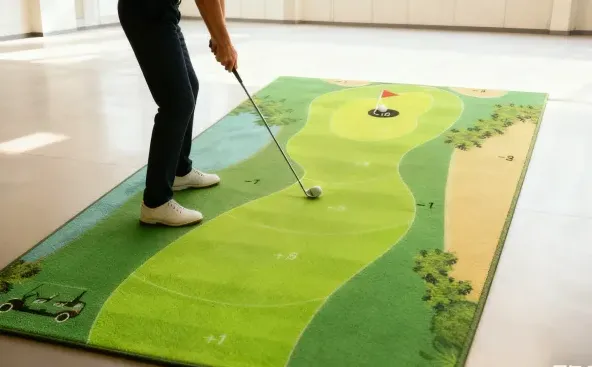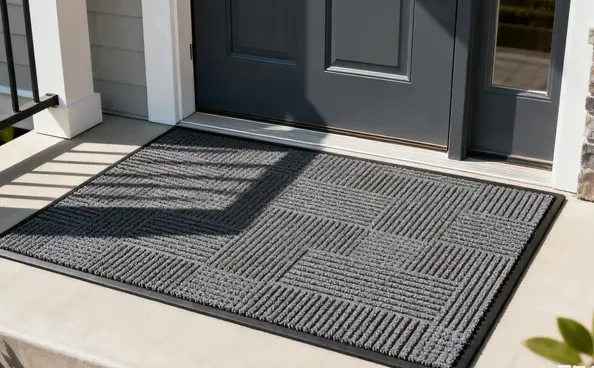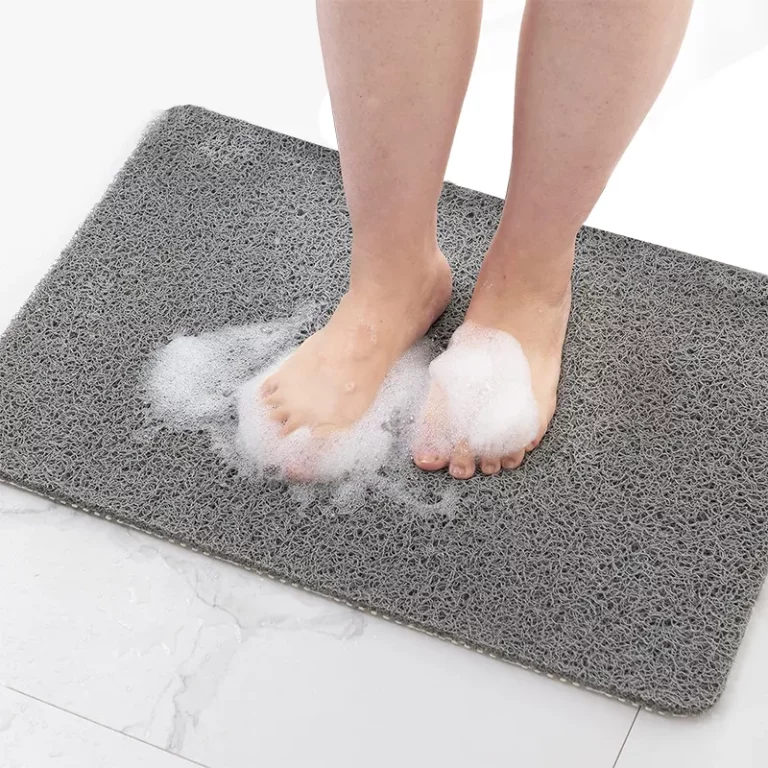From Raw Material to Finished Product: How We Make Quality Mats
Mats are an integral part of our daily lives, from cozy floor mats to essential yoga mats that enhance our wellness routines. Ever wondered about the journey a mat takes from raw materials to a finished product? This article delves into the mat manufacturing process, revealing the detailed steps and quality standards that ensure each mat’s functionality and durability.

목차
매트 생산에는 어떤 재료가 사용되나요?
그만큼 매트 제조 공정 begins with the selection of raw materials. Mats can be made from various materials, including natural fibers like 주트 사람 그리고 천연고무, as well as synthetic options like 폴리프로필렌 그리고 열가소성 물질 compounds.
These materials are chosen based on the desired 기능, 내구성 및 flexibility and strength of the final product. For instance, polypropylene mats are popular for their 강도와 내구성, making them ideal for high-traffic areas.
How Does Material Preparation Impact Mat Quality?
Material preparation is a critical step in ensuring the 최고의 품질 mats. This involves processing raw materials to achieve the required tensile strength and texture. Natural fibers may be cleaned and spun, while synthetic materials are often melted and extruded into fibers.
Proper preparation ensures that the mats will meet customer requirements for both appearance and performance. For example, achieving straight edges and consistent thickness depends on meticulous material handling.
What Is the Role of Fiber in Mat Manufacturing?
Fiber is the fundamental building block in mat production. It determines the mat’s texture, durability, and overall feel. During the manufacturing process, fibers are woven or bonded together to create a cohesive surface.
The choice between natural and synthetic 섬유 affects not only the mat’s properties but also its environmental impact. 매트 제작 from organic materials like 주트 사람 offer eco-friendly options, while synthetic fibers provide enhanced durability.
How Are Yoga Mats Made Specifically?
Yoga mats require specific characteristics such as cushioning, 미끄럼 방지 surfaces, and durability. The manufacturing process involves blending materials like 천연고무 or PVC with additives to enhance grip and comfort.
그만큼 process of yoga mat production includes:
- 재료 선택: Choosing non-toxic, phthalate-free materials.
- Formulation: Mixing materials with colorants and other additives.
- Molding: Shaping the mat under pressure and temperature.
- 마무리 손질: Texturing the 매트의 표면 for grip.
This process ensures that yoga mats are made to support practitioners effectively while maintaining safety standards.
What Are the Detailed Steps in the Manufacturing Process?
그만큼 매트 제조 공정 typically involves several key steps:
- Material Preparation: Processing raw materials to the desired form.
- Weaving or Molding: Creating the mat structure using weaving machines or molds.
- Dyeing: Applying colors using 먹이다 또는 screen printing methods.
- Curing: Setting the materials through heat or chemical processes.
- 트리밍: Cutting the mats to the desired size 그리고 보장하다 straight edges.
- Quality Inspection: Checking that the product meets all specifications.
- Packaging: Preparing the finished mats for distribution.
각 step ensures that the mats are produced efficiently while maintaining high standards.
Why Is the Weaving Process Critical?
그만큼 weaving process is integral to mat production, particularly for fabric-based mats. It involves interlacing fibers to create a durable and flexible surface. This process ensures:
- Strength and Durability: Achieving the right weave pattern enhances the mat’s lifespan.
- 유연성: Allowing the mat to roll or fold without damage.
- 미적 매력: Providing visual patterns or textures.
Different materials may require specific weaving techniques, such as a criss-cross pattern for added strength.
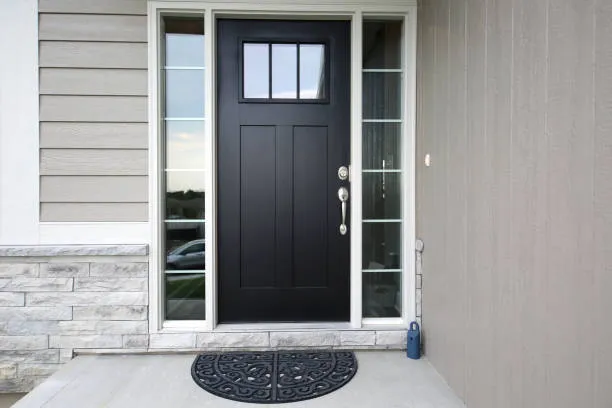
How Do Manufacturers Ensure Mat Durability?
보장하다 내구성 involves several factors:
- 재료 선택: Using high-quality, resilient materials.
- 품질 관리: Implementing rigorous quality inspection procedures.
- Curing Processes: Applying the correct pressure and temperature during curing.
- Finishing Techniques: Adding protective coatings or treatments like uv-resistant 마무리.
By focusing on these areas, manufacturers produce mats that withstand wear and environmental factors.
What Quality Standards Are Upheld in Mat Production?
Quality is paramount in mat manufacturing. Mat manufacturers uphold standards by:
- Adhering to Regulations: Complying with industry-specific guidelines.
- Implementing Quality Control: Checking for defects and ensuring 고품질의 제품.
- Meeting Certifications: Obtaining certifications for safety, such as non-toxic and phthalate-free materials.
- Customer Feedback: Continually improving based on user experiences.
These practices ensure that the product meets consumer expectations and safety requirements.
How Does Recycling Play a Role in Mat Manufacturing?
Environmental concerns have led to the incorporation of 재활용 재료 in mat production. This approach:
- Reduces Carbon Footprint: Minimizes environmental impact.
- Provides a Source of Income: Supports recycling industries.
- Innovates Products: Leads to new materials and designs.
Using recycled content, manufacturers can create mats without compromising on quality, contributing to sustainability efforts.
What Innovations Are Shaping the Future of Mats?
The mat industry is evolving with innovations such as:
- Smart Mats: Incorporating technology for interactive workouts.
- 친환경 소재: Developing mats from organic materials and biodegradable substances.
- Customizable Designs: Allowing consumers to personalize mats.
- Enhanced Functionality: Improving features like 미끄럼 방지 surfaces and cushioning.
These advancements meet the growing demand for products that combine performance with environmental responsibility.
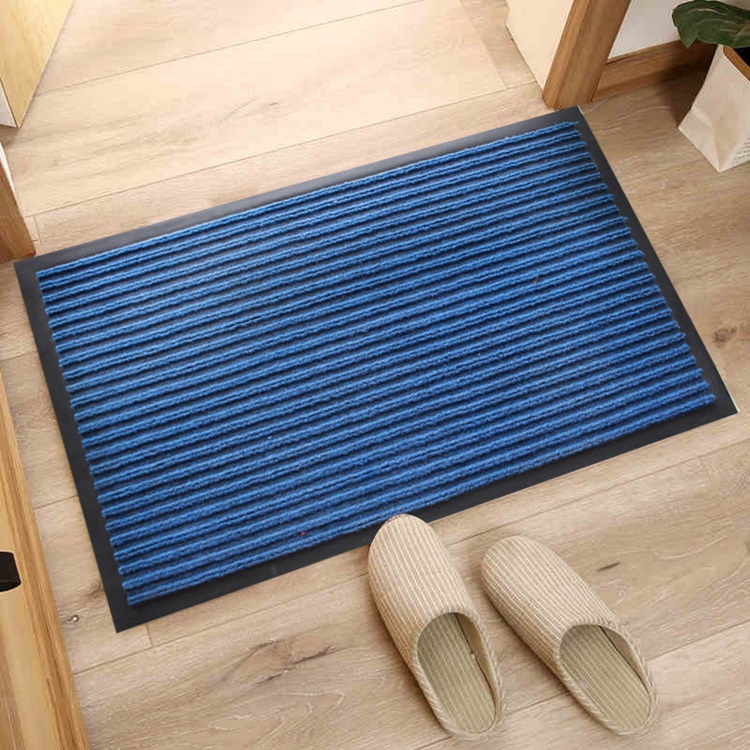
요약
- Mat Manufacturing Process: Involves material preparation, weaving/molding, dyeing, curing, trimming, and quality inspection.
- 재료: Selection of natural or synthetic fibers like 폴리프로필렌 impacts mat properties.
- 품질 기준: Ensured through rigorous inspections and adherence to regulations.
- 내구성: Achieved by using quality materials and proper manufacturing techniques.
- 혁신: Driven by sustainability and technological advancements.
For high-quality mats that combine durability and functionality, exploring options like the 견고한 이중 줄무늬 환영 도어매트 can offer both aesthetic appeal and performance.
Explore More
- Enhance Your Entrance: 저희를 확인하세요 3D 엠보싱 도어매트 for a stylish welcome.
- Comfort in the Kitchen: 저희를 알아보세요 주방 매트 designed for both comfort and durability.
- 안전이 최우선: Learn about our 미끄럼 방지 계단 매트 to prevent slips and falls.
By understanding the intricate process behind mat manufacturing, consumers can make informed choices that suit their needs while supporting quality and sustainability in the industry.

